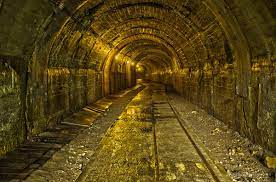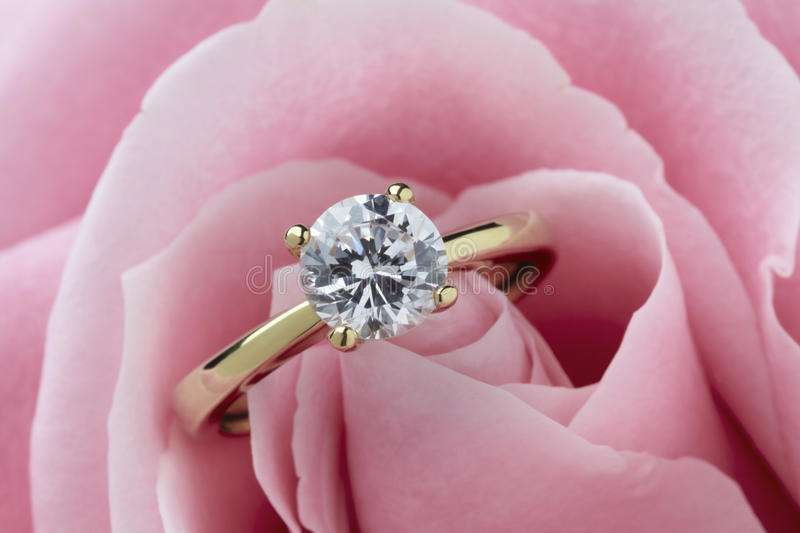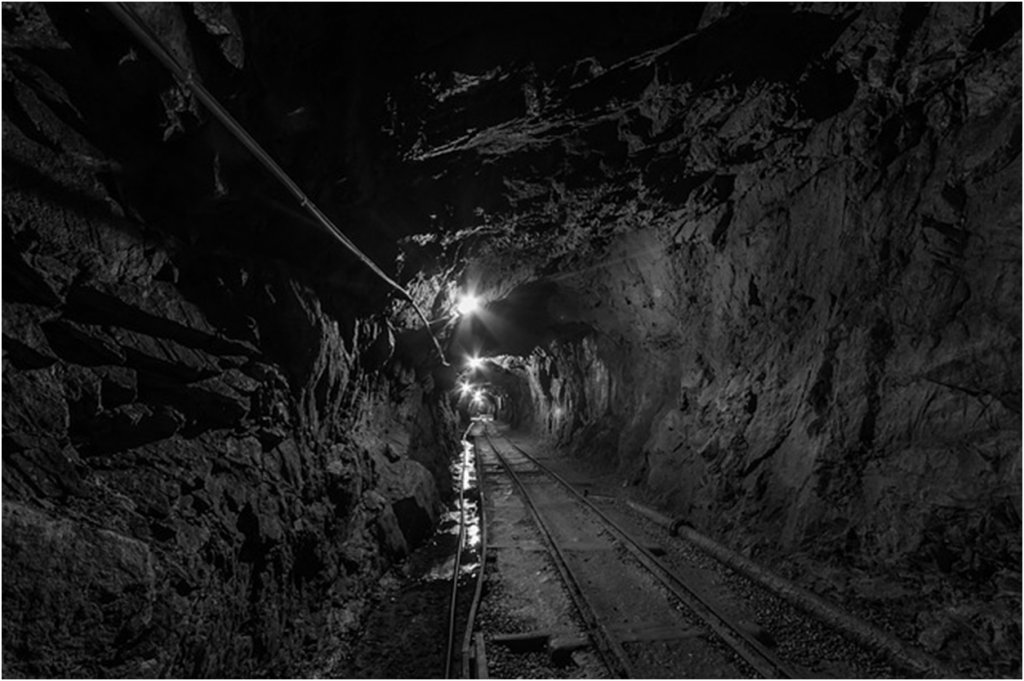Nigeria lost close to $3b between 2012 and 2018 due to illegal smuggling of gold out of Nigeria.
By Udenna Orji

Following the bullish performance of gold in gold exchanges and the retail market worldwide, Nigeria and many other African nations are revving up gold production and aggressively fine-tuning policies to boost mining of one of the world’s most coveted minerals. Across industries that use gold, there is a near scramble for the metal. From pre-historic times till now, gold remains one of the world’s most coveted commodities and one of the most rewarding investments.
The total market value of gold worldwide in 2018 amounted to nearly eight trillion U.S. dollars, according to the global market research firm, Statista.

Central banks are significant gold holders and play an important role in the management of reserves. A gold reserve is gold owned by a country’s central bank to support the value of its currency, and it was used as a pledge to redeem commitments to pay depositors, noteholders, or trading peers during gold standard periods. Governments now place a high value on gold reserves. When inflation starts to rise, governments will buy large amounts of gold as a countermeasure.
The landscape for wholesale gold trading is quite complex and constantly evolving. The three most important gold trading centres are the London over-the-counter (OTC) market, the US futures market and the Shanghai Gold Exchange (SGE). These markets comprise more than 90% of global trading volumes and are complemented by smaller secondary market centres around the world (both OTC and exchange-traded).
Secondary market centres
Other important secondary markets include Dubai, India, Japan, Singapore and Hong Kong. There are exchanges in all these secondary markets offering a range of spot trading facilities or listed contracts but these have not attracted the liquidity seen on the market’s primary venues. Nonetheless, these markets play an important role to varying degrees in serving local demand or acting as regional trading hubs. For example, Hong Kong has long acted as a gateway to the Chinese market and Singapore is establishing itself as an important focal point for trading in the ASEAN region.
The global gold mining market is fairly consolidated and the top players account for a significant share of the market. Top gold mining companies in the world include Newmont Corp., Barrick Gold Corp., AngloGold Ashanti, Polyus, Kinross, Gold Fields, Newcrest, Agnico Eagle, Polymetal, and Kirkland Lake. The top 10 players account for around 22-23% of the total market share, which is anticipated to grow due to increased merger and acquisition activities among manufacturers.
The United States holds the largest stockpile of gold reserves in the world by a considerable margin at over 8,133.5 tonnes. The U.S. government has almost as many reserves as the next three largest gold-holding countries combined (Germany, Italy, and France).
In 2021, China’s mines produced an estimated 370 metric tons of gold. China is the largest gold producer in the world followed by Australia and Russia.
Based on gold prices at the end of 2021, Hong Kong may be the cheapest country to buy gold from, going by listed face value prices. According to sovereignman.com, it’s possible to easily purchase gold in Hong Kong at a lower premium than what’s common in other countries

World Gold Council Report
London-headquartered World Gold Council’s latest Gold Demand Trends Report revealed that annual demand (excluding over-the-counter OTC markets) has recovered many of the COVID-induced losses from 2020 to reach 4,021t for the full year in 2021.
Demand for gold reached 1,147t in Q4 2021, its highest quarterly level since Q2 2019 and an increase of almost 50% year-on-year, according to the World Gold Council.
Gold bar and coin demand rose 31% to an 8-year high of 1,180t as retail investors sought a safe haven against the backdrop of rising inflation and ongoing economic uncertainty caused by the coronavirus pandemic.
The World Gold Council’s data series reported outflows of 173t in 2021 from gold-backed ETFs as some more tactical investors reduced hedges early in the year amid COVID vaccine rollouts, while rising interest rates made holding gold more expensive.
Nevertheless, these outflows represent only a fraction of the 2,200t that gold ETFs have accumulated over the preceding five years, demonstrating the continuing importance investors place on including gold in their portfolio.
Turning to annual consumer demand, the jewellery sector rebounded to match 2019’s pre-pandemic total of 2,124t. This was aided by a strong Q4 when demand reached its highest level since Q2 2013 – a quarter where the price of gold was 25% lower than the average comparative price in 2021; further highlighting the strength of demand in the most recent quarter.
For the twelfth consecutive year, central banks were net purchasers of gold, adding 463t to their holdings, which was 82% higher than 2020. A diverse group of central banks from both emerging and developed markets added to their gold reserves, lifting the global total to a near 30-year high.
The use of gold in the technology sector in 2021 increased 9% to reach a three-year high of 330t. While technology demand is comparatively smaller than other sectors, its uses are far reaching and prevalent in a variety of electronics, from mobile devices to the sophisticated James Webb telescope recently put in orbit.
Gold is expected to face similar dynamics in 2022 to those seen last year, with competing forces supporting and curtailing its performance.
With the bullish trend in the global gold market, African nations are gearing up to tap into the growing prosperity in gold mining. In Nigeria, President Muhammadu Buhari has set up a Presidential Artisanal Gold Mining Development Initiative (PAGMI) charged with developing a program that will enable improved sourcing and refining of high-quality gold bars derived from minefields in Nigeria.
In an address to PAGMI officials last year when they presented to him the first gold bar mined and refined to internationally accepted standard in Nigeria, an enthused Buhari said ‘given our current estimated gold reserves of over 200m ounces, most of which have not been exploited, developing sustainable programs that will catalyse increased investment in the extraction and refining of gold sourced from mines in Nigeria, is indeed vital”.
He added that PAGMI “will also support our job creation efforts particularly for artisanal miners, by providing them with a guaranteed off-take by the Central Bank of Nigeria. Furthermore, efforts are being made to support artisanal miners in improving the standard of the gold that will be sold to the Central Bank, in order to ensure that they meet international benchmarks. In addition, the PAGMI initiative will enable the deployment of financing schemes that will help miners improve on the quality of their mining operations”.
President Buhari said “the gold buying program by the Central Bank will ensure that artisanal miners are no longer subjected to the volatility in gold prices that occurs in the absence of credible off-takers, which has often led to a significant loss in the value of gold sold by miners, as well as in encouraging illegal smuggling. It is estimated that Nigeria lost close to $3b between 2012 and 2018, due to illegal smuggling of gold out of Nigeria. With the implementation of the PAGMI scheme which will result in the set-up of accredited gold buying centres across key mining areas, artisanal miners and SMEs engaged in mining will be able to capture the value of their work”.
The President urged the PAGMI Management Team to develop innovative ways to ensure the Nigerian mining story goes beyond artisanal and small-scale mining and pledged to support PAGMI’s “target of aggregating 3-5 tons of gold over the next 12 months, as this will deliver tremendous fiscal and economic benefits to the nation”.
Gold is found in many states of Nigeria but prominently in Kebbi, Kaduna, Zamfara, Niger, Osun, and Kebbi States. PAGMI will also be setting up gold aggregation centers in addition to supporting licensed buying centers and aggregators with access to financing options, responsible sourcing mechanisms, management and technical expertise including improved testing and processing equipment.
Using a Centralized Offtake and Supply System supported by a Decentralized Aggregation and Production Network, PAGMI will buy all the gold produced by artisanal and small-scale miners and aggregated by licensed buying centers and aggregators for supply to the Central Bank of Nigeria.

Gold Mining in Africa
Africa’s gold mining industry — traditionally dominated by South Africa — has shifted focus with countries such as Ghana, Mali, Burkina Faso and Nigeria entering the fray.
Major companies such as Newmont Goldcorp, Kinross Gold, AngloGold Ashanti, Barrick Gold and Gold Fields are active in Africa, alongside controversial artisanal miners, who are especially active in Ghana, Mali, Burkina Faso and Nigeria.
Top five gold mining countries of Africa
Here, we profile the leading gold producers across the African continent.
1. Ghana – 142.4 tonnes
One of the Dark Continent’s top gold mining countries, Ghana grabbed the top spot from South Africa after mining more than 142 metric tonnes of the precious metal in 2019.
While traditional companies and artisanal miners contributing to Ghana’s gold production, some of the largest include Kinross Gold (Chirano mine), Newmont Goldcorp (Akyem and Ahafo mines), AngloGold Ashanti (Obuasi and Iduapriem mines), Gold Fields (works the Tarkwa gold mine) and Asanko Gold (Asanko mine).
The minerals mined in Ghana account for 37% of the country’s total exports, with gold comprising 90% of total mineral exports.
2. South Africa – 118.2 tonnes
Declining gold ore grades in South Africa over the past eight decades have seen the country lose its African top spot to Ghana. In 2019, gold production fell to 118 metric tonnes from 137 metric tonnes in the previous year.

Table Mountain, Cape Town, South Africa (Credit:
The Witwatersrand Basin, an underground geological formation in South Africa, holds one of the largest gold placer deposits in the world. Top gold mines in the country include South Deep (the largest gold mine in the world in terms of reserves and currently owned by Harmony Gold), Mponeng (operated by AngloGold Ashanti and the deepest mine in the world) and Driefontein (owned by Sibanye-Stillwater). South Africa’s oldest mine, Kromdraai, is currently a huge tourist attraction.
Despite diminishing gold reserves, South Africa is still estimated to possess 6,000 metric tonnes (second-largest in the world), according to 2018 MiningGlobal data.
3. Sudan – 76.6 tonnes
The north-east African country of Sudan comes third in this list with gold production of more than 76 metric tonnes in 2019. This was, however, a big drop from the 93 tonnes produced the previous year and the 107 tonnes in 2017. The Sudanese government, however, claims annual gold production in the range of 120-200 tonnes.
For years one of Africa’s top gold producing countries, Sudanese gold is found in the Eriab region of the Nuba mountains, along the alluvial regions of the Nile River and quartz vein formations in Obaidiya, Blue Nile region and North Kurdufan.
Africa’s third-largest country by area, Sudan’s gold mines include Hassai gold mine (owned by Sudan’s Ariab Mining Company and Canada’s La Mancha Resources) and Block 14 open pit mine project (operated by Canada’s Orca Gold).
4. Mali – 71.1 tonnes
The north-west African country of Mali produced more than 71 metric tonnes of gold in 2019, a sizeable jump from the 61.2 tonnes in 2018 — placing it fourth in our list of the continent’s top gold producers. Mali’s gold mining operations not only involve large mining companies, but also artisanal miners, who have also produced a sizeable chunk of gold and made a significant contribution to the country’s economy.

Gold mine tunnel (Credit: Dariusz Sankowski/Pixabay)
Its gold mines include Morila (managed by Government of Mali, AngloGold Ashanti and Barrick Gold), Sadiola (managed by Government of Mali, AngloGold Ashanti and LamGold), Loulo-Gounkoto (managed by Barrick Gold) and Yatela (managed by Government of Mali, AngloGold Ashanti and LamGold).
Mali is estimated to have 800 metric tonnes of gold reserves, according to Norwegian website Eiti.org.
5. Burkina Faso – 62 tonnes
Burkina Faso’s 62 metric tonnes of gold produced in 2019 places it in fifth position in our list. Said to have one of the most dynamic mining sectors in West Africa, Burkina Faso‘s other major resources are copper, zinc, limestone, manganese and phosphate.
The country’s gold mines include Kalsaka (operated by Banlaw Africa Limited), Youga (jointly operated by Government of Burkina Faso and Etruscan Resource), Karma (operated by Endeavour Mining), Mana (operated by Semafo), Yaramoko (operated by Roxgold), Taparko-Boroum (owned and operated by Société des Mines de Taparko SA), Essakane (operated by IAMGOLD), and Inata (jointly operated by the Government of Burkina Faso and Avocet).
Burkina Faso’s gold reserves are estimated to be about 154 metric tonnes, according to Eiti.org.
Conclusion
As things stand, from pre-historic times till now, gold remains one of the world’s most coveted commodities and one of the most rewarding investments.
Top 10 Countries That Have The Largest Gold Reserves 2021 (Latest)
According to World Gold Council (WGC) data as of April 2021, central banks bought 272.9 tonnes of gold in 2020. Because the International Monetary Fund (IMF) is not a country, it is not included on this list. The IMF, on the other hand, would have been third on the list, with 2,814 tonnes of gold in its vaults. The top ten countries with the most gold are listed below.
Top 10 Countries That Have The Largest Gold Reserves.
Country Gold Reserve in Tonnes Percentage of Foreign Reserves
United States 8,133.5 77.5%
Germany 3,362.4 74.5%
Italy 2,451.8 69.3%
France 2,436.2 64.5%
Russia 2,298.5 22.0%
China 1,948.3 3.3%
Switzerland 1,040.0 5.4%
Japan 765.2 3.1%
India 686.8 6.5%
Netherlands 612.5 67.4%
























